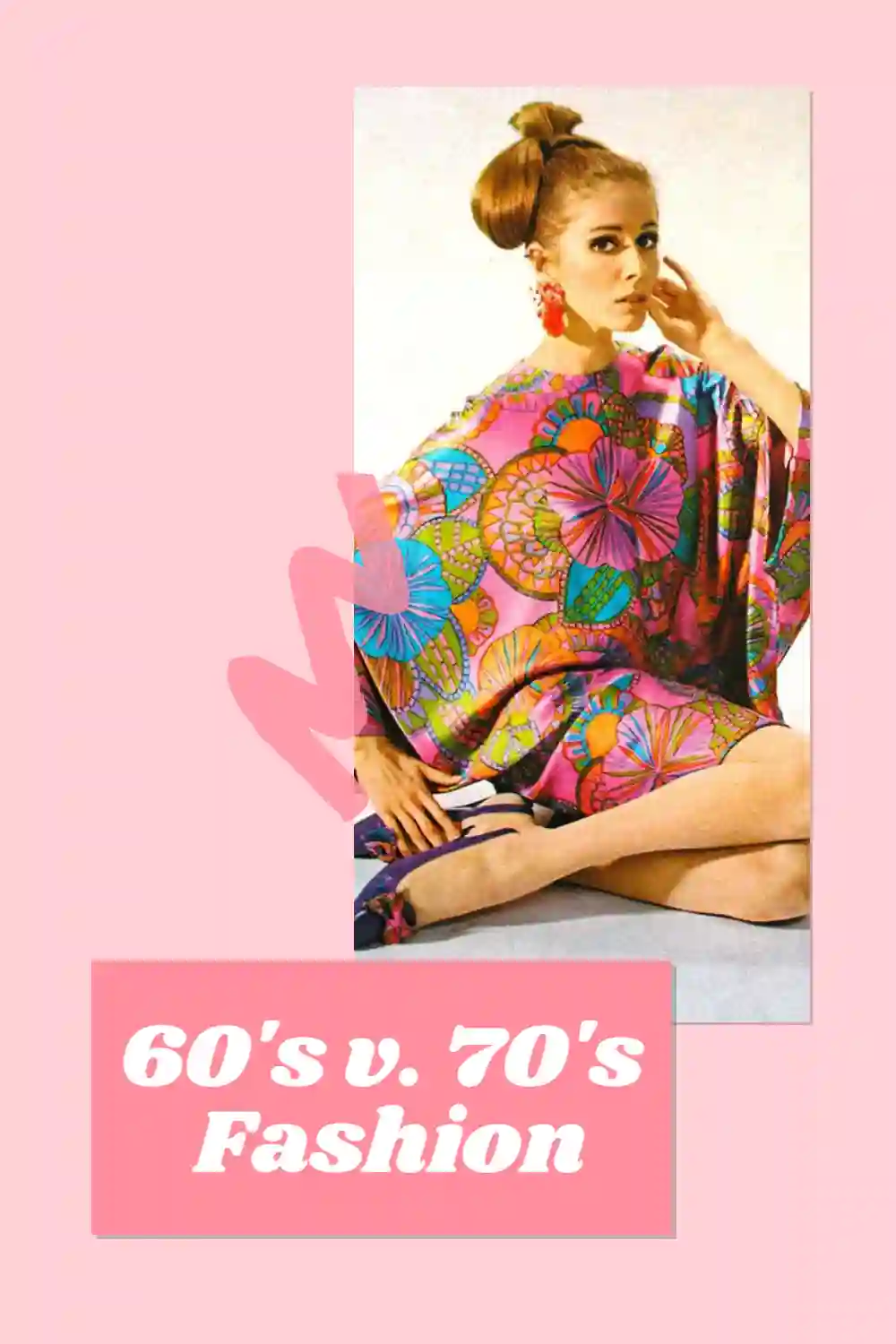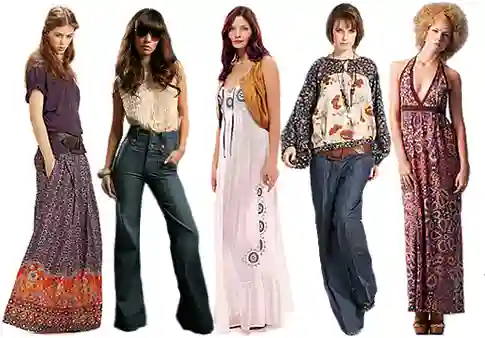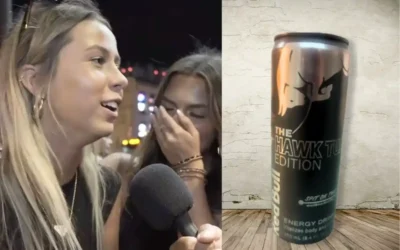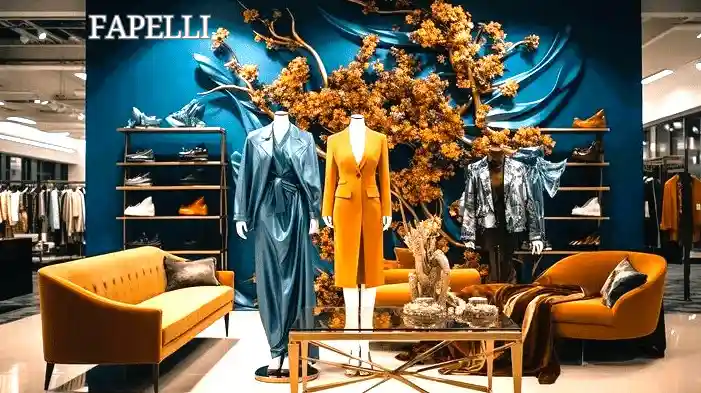60s vs. 70s Fashion: A Decade of Difference

The 1960s and 1970s were eras of significant social and cultural change, and these shifts were reflected in fashion trends. While both decades embraced bold styles and experimentation, they had distinct characteristics that set them apart.
The Swinging Sixties
The 1960s was a decade of optimism and youth culture. Fashion reflected this energy with a focus on bold colors, geometric patterns, and mini skirts.
- Mod Style: Clean lines, shift dresses, and geometric prints defined the Mod look, inspired by the young British fashion scene.
- Psychedelic Fashion: Vibrant colors, psychedelic patterns, and bell-bottoms characterized this trend, influenced by the counterculture movement.
- Mini Skirts: A symbol of the era, mini skirts gained popularity and challenged traditional fashion norms.

The Groovy Seventies
The 1970s embraced a more relaxed and bohemian aesthetic. Fashion became more eclectic, with a mix of influences from different cultures.
- Disco Fever: Glitter, sequins, and platform shoes dominated the disco scene, creating a glamorous and flamboyant look.
- Boho Chic: Inspired by hippie culture, this trend featured earthy tones, flowing fabrics, and layered accessories.
- Bell-Bottoms: Wide-legged pants became a staple of the 70s wardrobe, often paired with platform shoes.
Key Differences
While both decades embraced experimentation, there were distinct differences in their fashion sensibilities. The 60s were characterized by a more structured and geometric aesthetic, while the 70s leaned towards a free-spirited and bohemian vibe.
- Silhouettes: The 60s favored a slim, defined silhouette, while the 70s embraced a looser, flowing silhouette.
- Colors and Patterns: The 60s were known for bold, primary colors and geometric patterns, while the 70s incorporated earthy tones, floral prints, and psychedelic designs.
- Accessories: Both decades embraced bold accessories, but the 60s leaned towards oversized sunglasses and geometric jewelry, while the 70s featured chunky necklaces, headbands, and fringe.

The Enduring Impact
The fashion trends of the 60s and 70s continue to influence contemporary style. Elements from both decades are regularly incorporated into modern fashion collections, demonstrating the enduring appeal of these iconic eras.
Conclusion
The 1960s and 1970s were pivotal decades for fashion, shaping the industry and influencing trends that continue to resonate today. While they shared a spirit of experimentation and rebellion, the two eras offered distinct aesthetics. The 60s were defined by clean lines, bold colors, and a sense of optimism, while the 70s embraced a more relaxed and bohemian vibe.
Both decades left an indelible mark on fashion, with elements from each era reemerging in contemporary collections. From the mini skirt to bell-bottoms, the influence of the 60s and 70s is undeniable. As we look to the future, it’s clear that the fashion world will continue to draw inspiration from these iconic periods.

FAQs
- What was the biggest fashion trend of the 60s? The mini skirt was undoubtedly the most iconic fashion trend of the 1960s.
- How did music influence fashion in the 60s and 70s? Music played a significant role in shaping fashion trends. The psychedelic fashion of the 60s was influenced by rock music, while disco music inspired the glamorous look of the 70s.
- Are there any fashion items that were popular in both the 60s and 70s? Bell-bottoms and sunglasses were popular accessories in both decades.
- How can I incorporate 60s or 70s fashion into my wardrobe? Start with small elements like a printed mini dress or a pair of flared jeans. You can also add vintage accessories to update your look.
- What is the difference between Mod and hippie fashion? Mod fashion was characterized by clean lines and a sophisticated look, while hippie fashion was more bohemian and free-spirited.
By understanding the fashion evolution of these two decades, we can appreciate the cyclical nature of fashion and the enduring impact of iconic styles.










